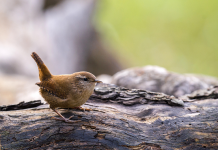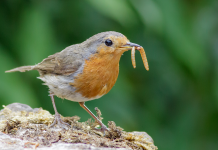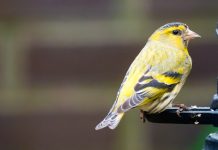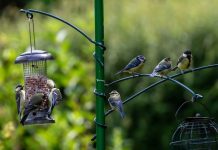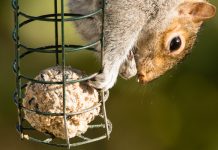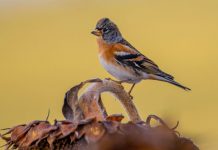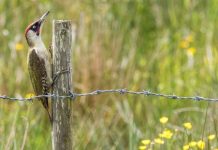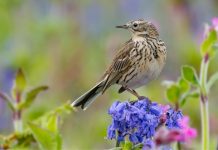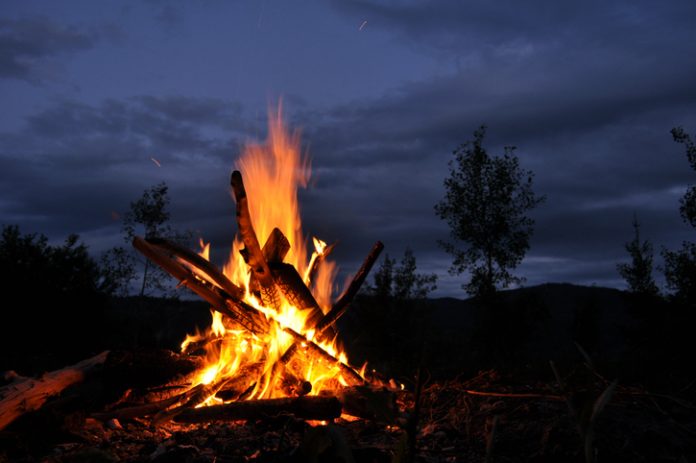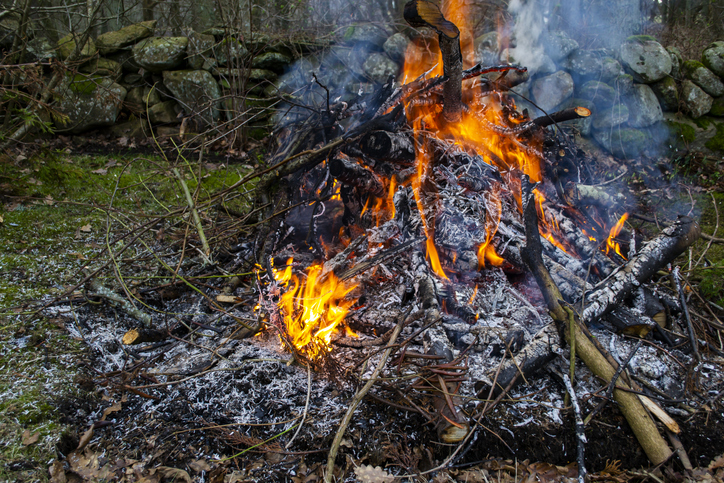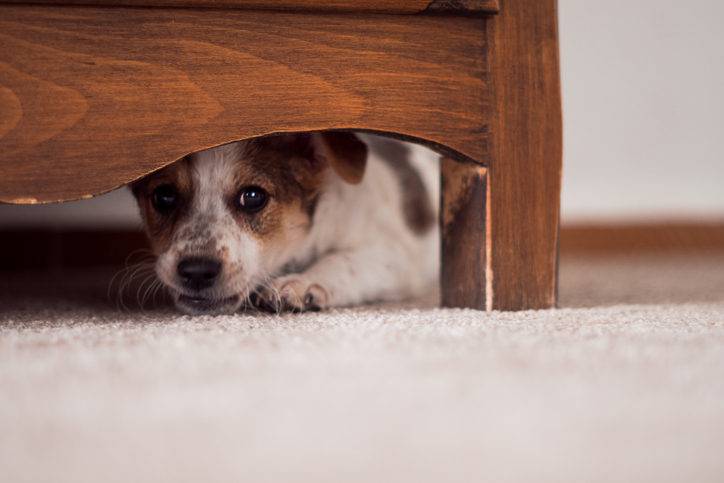Bonfire night is a tradition going back centuries, but it can be a dangerous time for garden wildlife. So we’ve put together some advice and tips to make sure that your bonfire night celebrations are as safe as can be.
Bonfires make tempting homes for hedgehogs who are looking for somewhere warm and cosy to rest for the winter months. But hedgehogs aren’t the only animals that are tempted in by bonfire piles – toads, newts and frogs are also known to curl up in bonfires, so remember to keep checking to ensure none of these little critters have stumbled in as well.
Take a good look with a torch just before you light the bonfire, and if you find any animals, gently remove them and place them somewhere safe that’s far away from the bonfire. It’s a good idea to create alternative shelter a safe distance away with little piles of logs and leaves, which will hopefully divert wildlife away from the bonfire in the first place. If you have any spare wood or leaves, don’t add it these to the bonfire – pile them up and leave them to become a habitat for wildlife in the future!
Wherever possible, build your bonfire on the same day you plan to light it, so that there is less time for animals to inhabit it. Fireworks should be lit in open spaces away from trees or hedges to avoid disturbing wildlife.
After the display, ensure that the bonfire is completely out, and doesn’t have any lit ash, as this can stay hot for days and cause harm to wildlife long after the night is over. It’s also important to pick up the debris from your fireworks to avoid pollution, which can trap wildlife if left abandoned.
Bonfire night can also be a stressful time for pets in the home and many dogs show signs of distress during fireworks. Common signs include excessive barking, trembling, shaking, pacing, seeking human comfort, refusing food, and cowering behind objects. All dogs are different, so look out for any behaviour that is out of the ordinary.
Similarly, cats react in different ways when they’re afraid. While some will hide or cower behind furniture, others may freeze in place or run away to try and escape from the noise. They can often become uncharacteristically aggressive by spitting, hissing, growling, arching their backs, or even scratching and biting. We would highly recommend keeping your cats indoors on bonfire night.
So, remember to look after both wildlife and pets this bonfire night and have a fantastic evening!


